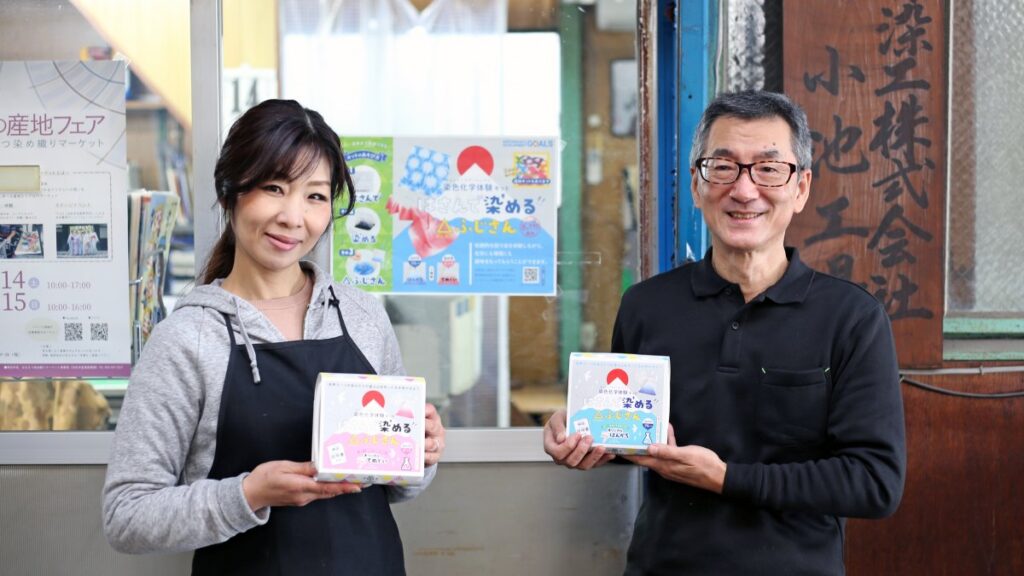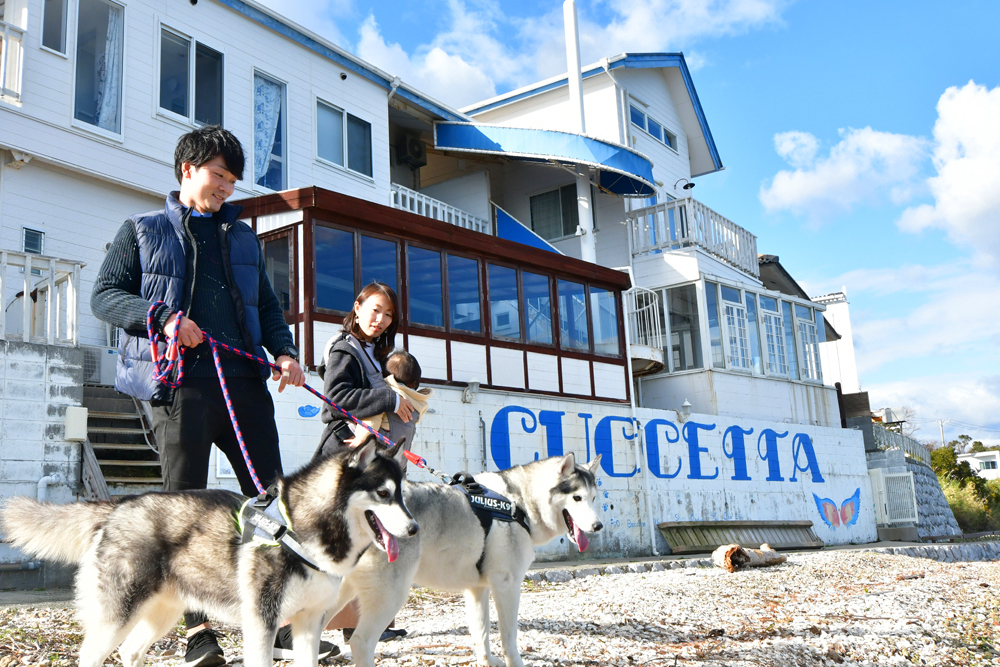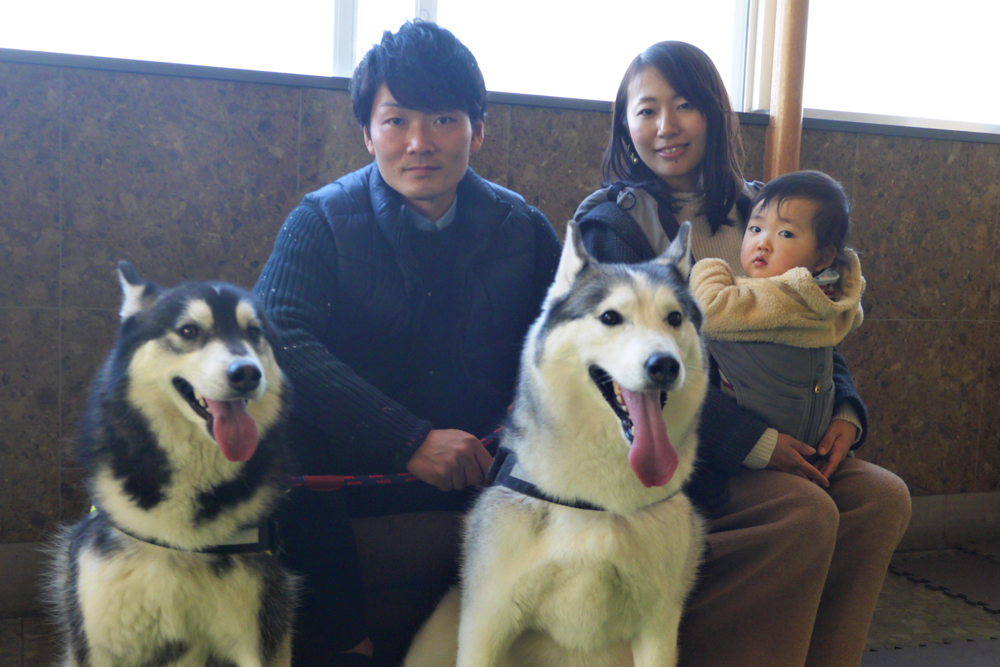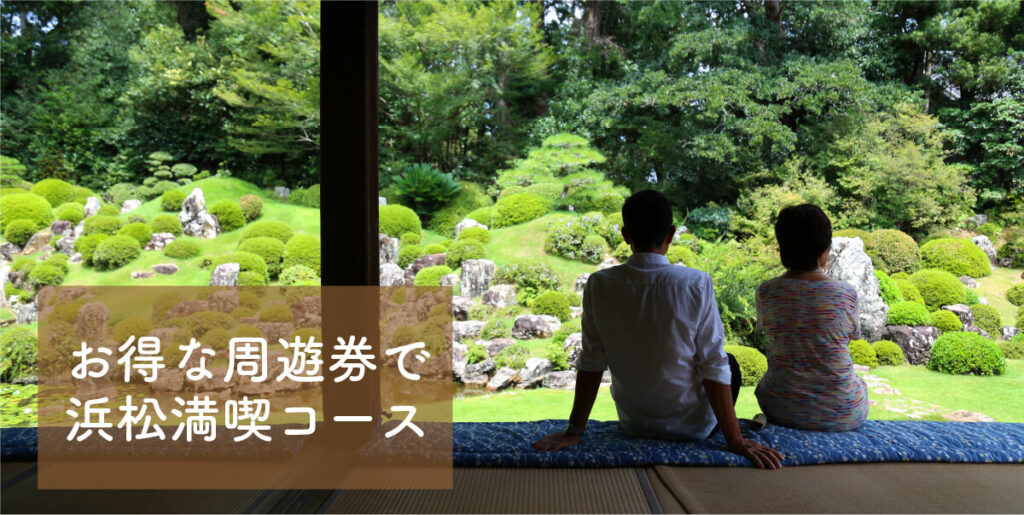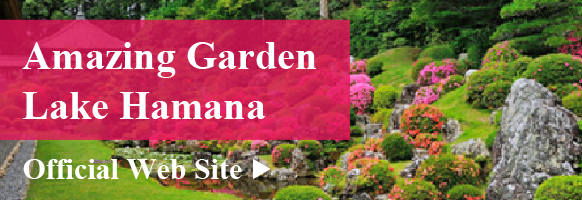Get to Know Hamamatsu
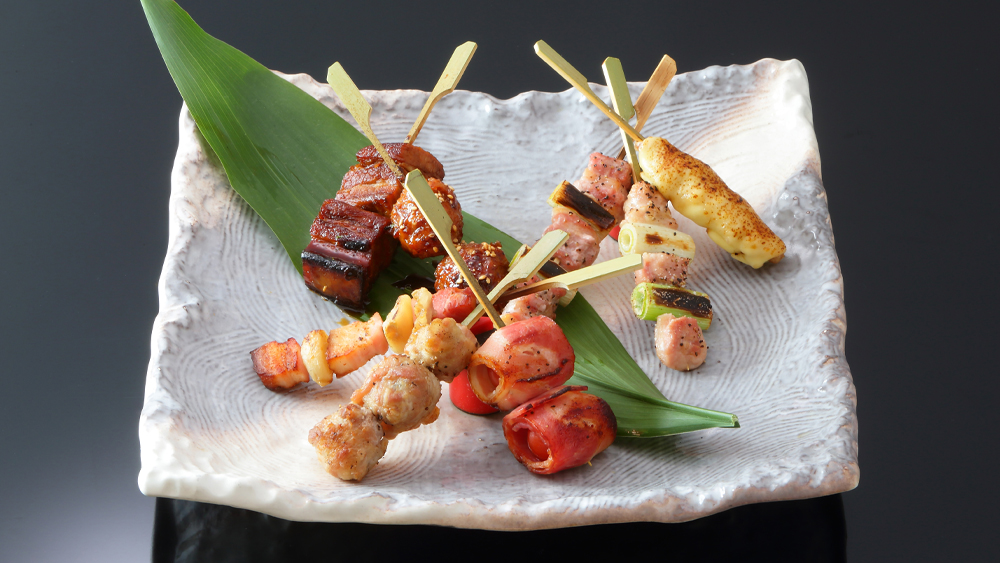
- Eat
“We want you to eat delicious food” Hamamatsu Power Food’s popular “Charcoal and Sake Bonzaru”
Have you ever heard of the term “Hamamatsu Power Food”?
“Hamamatsu Power Food” is seasonal ingredients and dishes harvested in the Hamamatsu/Lake Hamana area.
It is said that Tokugawa Ieyasu, who spent 17 years in Hamamatsu and later became a ruler of Japan, supported the rise of Tokugawa Ieyasu through the region’s rich food, including seafood from Lake Hamana.
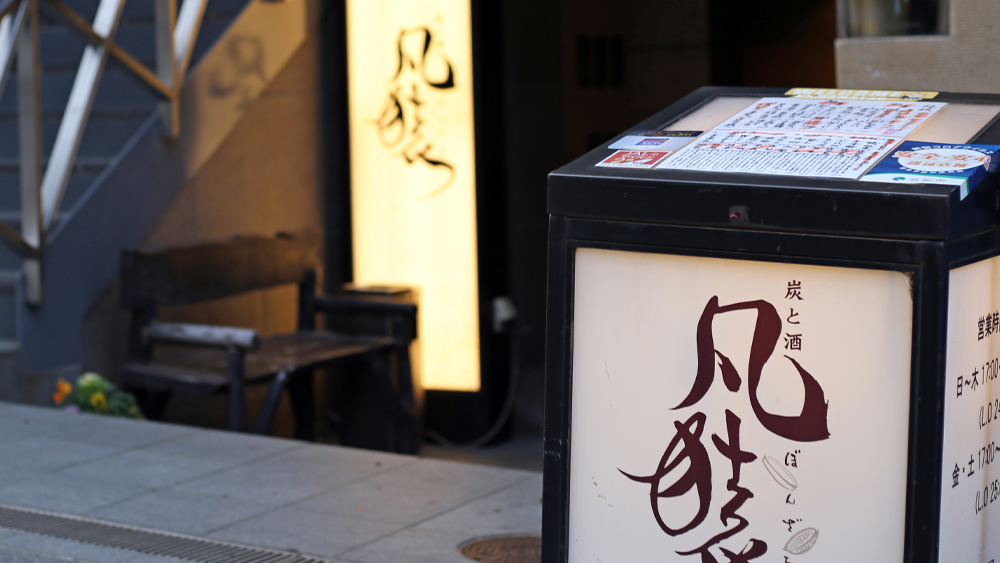
The Hamamatsu/Lake Hamana area is known for its long sunshine hours and warm climate. It is said that Tokugawa Ieyasu once loved Tokugawa Ieyasu’s food culture, which was nurtured by its rich marine resources and diverse soil.
Among them, we visited Bonzaru, a restaurant that serves many nutritious dishes such as soft-shelled turtle, blowfish, and eel, and spoke to the owner, Takahiro Hakamada.
Why did you choose “Bonzaru” as the name of your store?
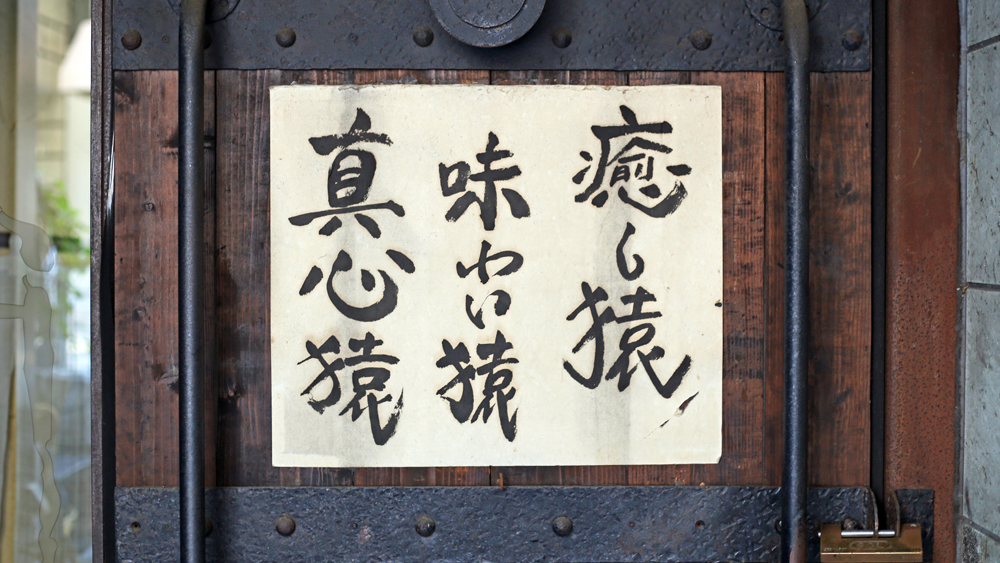
When I first asked about the origin of the store’s name, I was told that the company’s president, Sachio Suzuki, was born in the year of the Monkey, so the name meant “ordinary monkey.”
In honor of the monkey, an animal that is said to be the origin of humankind, we value the basic idea (origin) of “making our customers happy.”
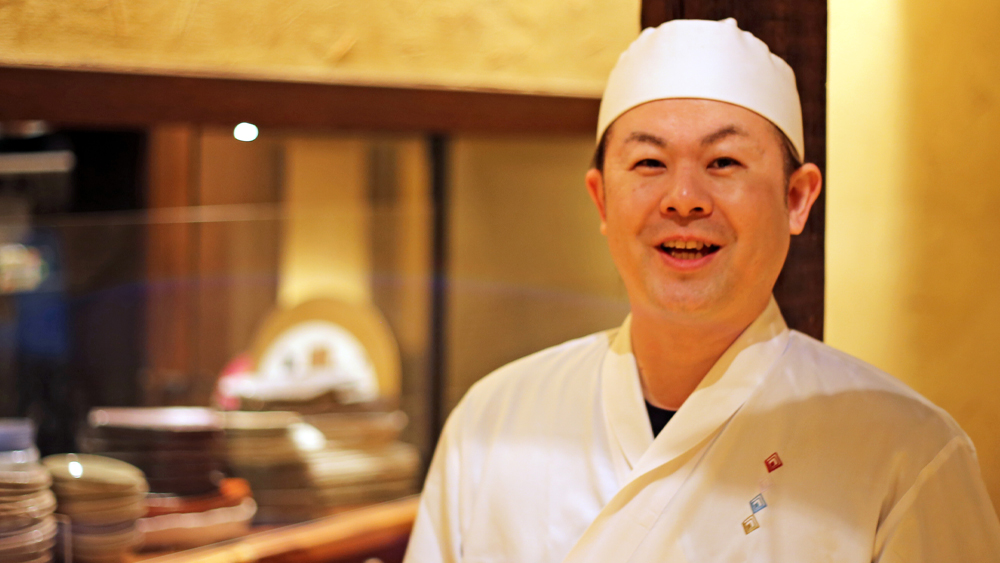
Hakamada joined Bonzaru nine years ago. Mr. Hakamada was a salaryman with no experience in the food and beverage industry at the time, but the first thing that surprised him when he became involved with the restaurant was the attitude of the staff, who focused directly on the food.
Even though he didn’t know what was right and what was left, he interacted with customers every day, and as he was nurtured by the voices behind the counter saying, “It’s delicious!”, he says that the scenery he saw changed.
When I asked about the characteristics of the restaurant, I was told that they have prepared a rich menu of food and drinks, in order to fulfill the president’s desire to “fulfill the wishes of our customers as much as possible.”
The interior of the restaurant, which includes counters, private rooms, and large tatami rooms, is designed to accommodate a variety of situations.
Hamamatsu Power Food “Lake Hamana soft-shelled turtle”
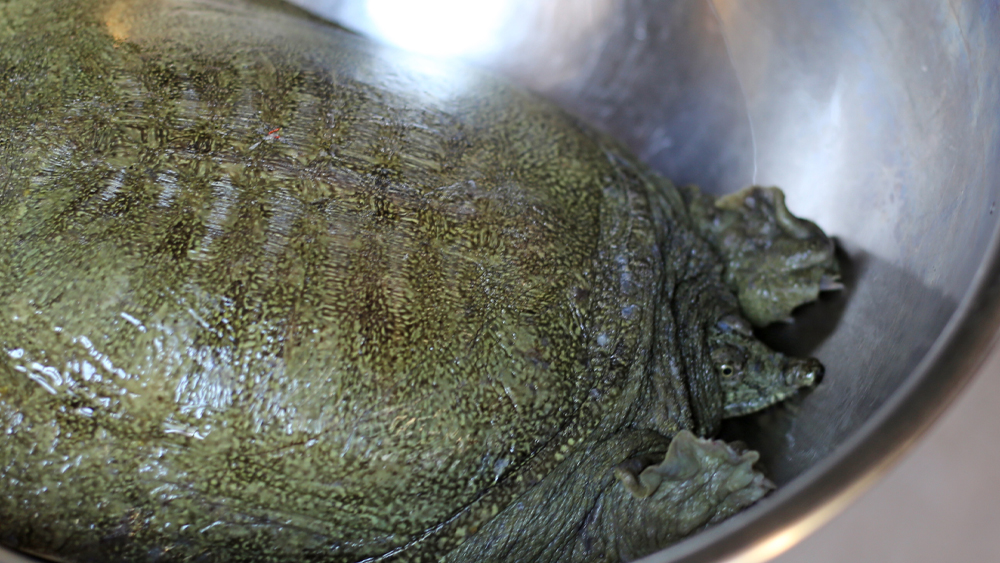
Among the many menus, the soft-shelled turtle dish is popular among both men and women as it is rich in collagen.
Even in Hamamatsu, the birthplace of soft-shelled turtle farming, we carry Tokumaru soft-shelled turtles, a brand with little distribution that takes time and effort to raise.
When asked about the recommended way to prepare soft-shelled turtle, a power food that is high in protein, low in calories, and rich in nutrients, the recommendation was a hot pot that brings out the flavor of simple ingredients.
The soup stock has a rich flavor but no flavor, and it is said that it is customary to turn it into porridge at the end.
Smooth raw caramel made with soft-shelled turtle soup and soy milk is also popular as a souvenir.
This product was born out of the desire to make it easier to eat soft-shelled turtles, but it has no taste or fishy smell and is packed with concentrated essence.
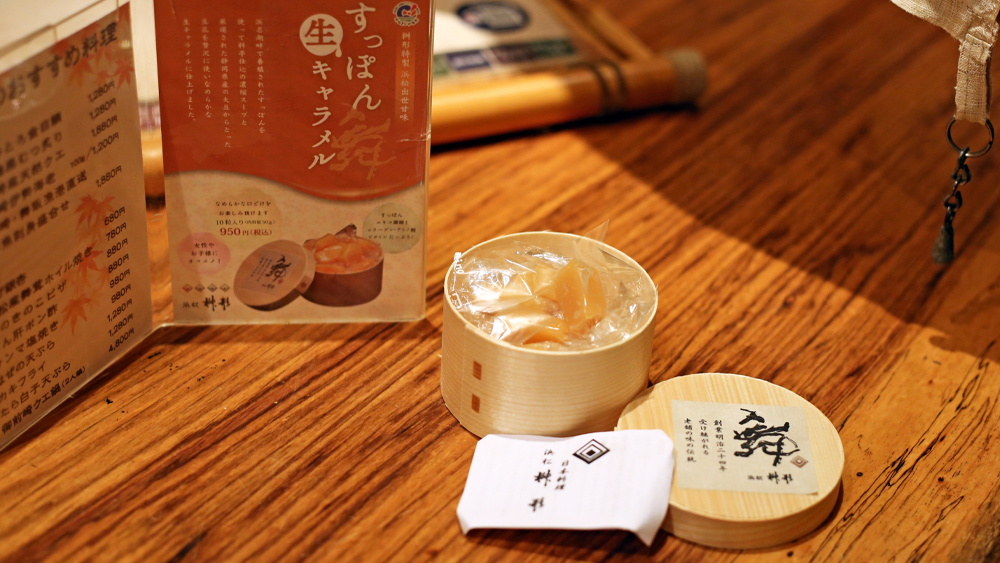
Enjoy meals that are difficult to make at home when you eat out

When the conversation turned to the coronavirus pandemic, he honestly talked about his feeling of having nowhere to go, saying, “It’s not anyone’s fault, but it’s been a difficult period for restaurants.”
He then says, “Although it may not be directly related to the coronavirus pandemic, I want you to enjoy a delicious meal.”
It’s easier than ever to fill your stomach, but there is a limit to the amount and number of times you can eat in your lifetime.
“I would be happy if you could cherish your precious meal time.”
“As one of those options, we want to offer food that people don’t usually eat at home, a welcoming space, and time-consuming professional cooking.”
He talked about the role that eating out will play in the post-coronavirus era.
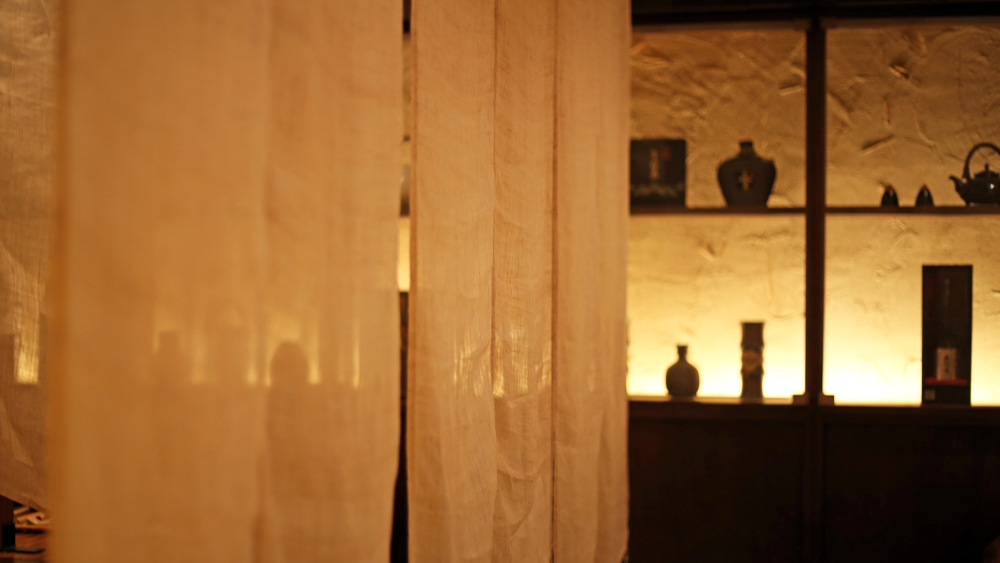
Taking on the challenge of using seasonal ingredients from Hamamatsu for local consumption and spreading them outside
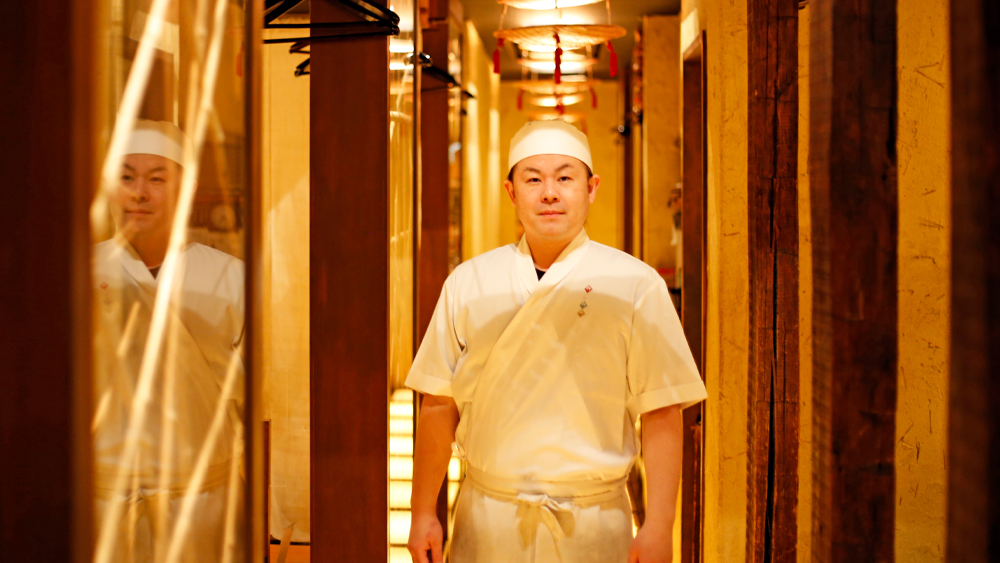
Finally, when I asked him about his future plans, he told me two goals.
One is to revitalize Bonzaru, which was once an aspirational store for the city’s young people and a cool place visited by professional soccer players, so that it will appeal to today’s young people as well.
Regular customers sometimes ask, “You’ve been working at the store for a long time, why don’t you start your own business?”, but Mr. Hakamada says he wants to stick to the work he can do in his current environment.
The other is to spread the word about Hamamatsu’s delicious food.
Like Tokugawa Ieyasu, who unified Japan from Hamamatsu, we are also eager to take on the challenge of spreading the appeal of Hamamatsu Power Food, which was blessed with the natural beauty of Hamamatsu, beyond the local area.
Link: Bonzaru「http://www.bonzaru.com/」
